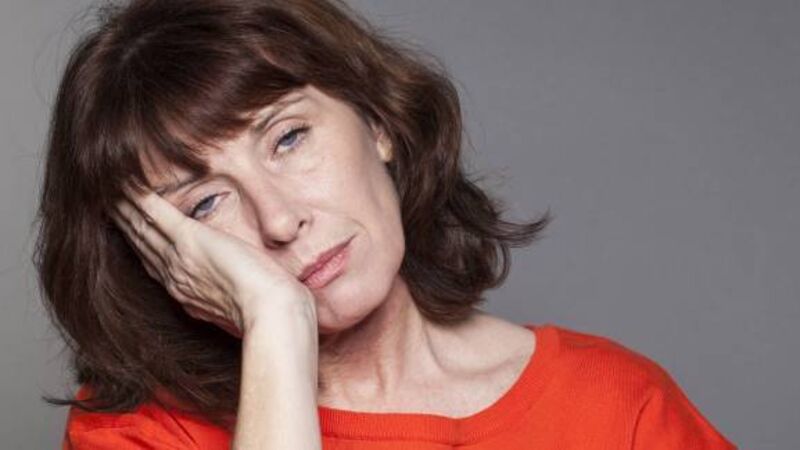Always tired? You could be suffering from iron deficiency

WHILE constant, crippling tiredness can sometimes be a sign of illness, in women, it could mean something far simpler — iron deficiency.
It’s estimated around one in 10 women suffer from iron deficiency, yet many have no idea, even though their iron levels might be so low that their body’s producing less red blood cells, meaning they have full-blown iron-deficiency anaemia.
This can have a significant impact, as iron is essential in the production of red blood cells, which are responsible for carrying oxygen around the body, keeping our various tissues and organs in working order.
But while the symptoms — including tiredness, shortness of breath, palpitations and a rapid heart rate, headaches, paleness, hair loss and brittle nails — can have a significant affect, they’re often ignored, or dismissed as an inevitable side-effect to our hectic, modern lifestyles.
Iron deficiency expert Professor Toby Richards, a consultant surgeon based at University College Hospitals London, points out that a survey of 9,000 women revealed the average female has symptoms of iron deficiency three to five years before seeing a doctor.
“When women seek help, it’s often because they’re so exhausted they can’t get out of bed,” says Richards.
“They complain about poor hair quality and brittle nails — you need good iron levels to regenerate hair, so women might comb their hair after a shower and notice hair loss.
“It can be incredibly distressing, but the vast majority have no idea it’s iron deficiency.”
A major cause for women is heavy periods or pregnancy (the body needs extra iron for the baby), while one in every 100-200 men has iron deficiency — normally because they have bleeding in the stomach from an ulcer, or an illness like coeliac disease, which makes nutrients, including iron, harder to absorb.
Iron deficiency because of a lack of iron in the diet is rare in men.
The body contains stores of around 3,000mg of iron, with 5-10mg a day absorbed predominantly through dietary intake of iron-rich foods, such as red meat and fortified cereals.
There are two types of iron in food: haem (found in red meat, chicken and fish and easily absorbed) and non-haem (found in plant foods, such as leafy green vegetables, cereals, beans and lentils and dairy products, and less easily absorbed).
Eating vitamin C at the same time as foods containing non-haem iron can aid absorption, although much greater quantities of non-haem iron foods need to be consumed to absorb the same amounts found in haem-iron foods.
“Modifying the diet will sort out two-thirds of people with iron deficiency,”says Richards.
In some cases, however, dietary sources alone might not be enough.
This particularly applies for certain causes of anaemia, such as vitamin B12 deficiency (including the autoimmune condition pernicious anaemia) or sickle cell disease.
However, iron deficiency is by far the most common cause of anaemia, and if left untreated, as well as having to endure the symptoms, it can make people more susceptible to illness and infection, as a lack of iron affects the immune system.
Fortunately, treatment’s usually fairly simple - with the use of supplements, alongside dietary modifications.












